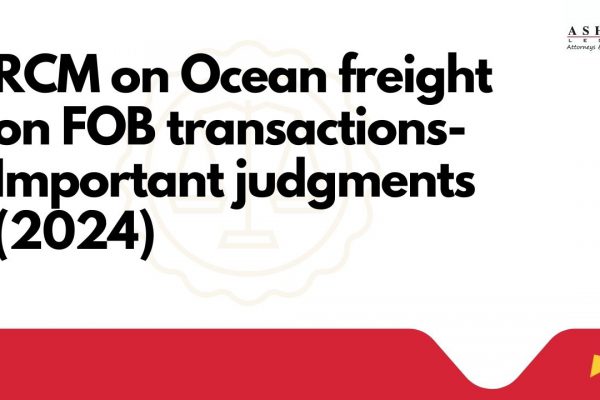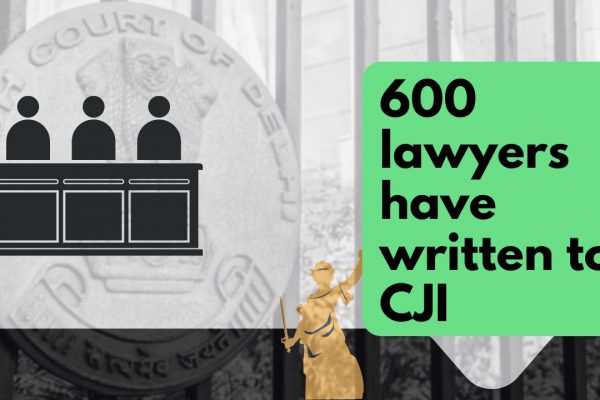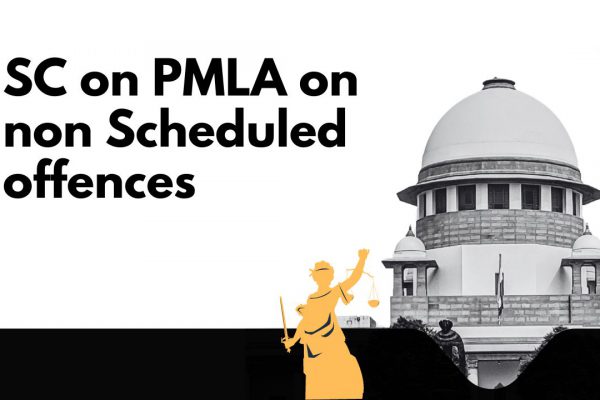Classification & Importance of HSN under GST
- Importance of Correct Classification
- Classification disputes are not new in the Indian Taxation system
- Hustle!
- Definition of ‘Goods’ and ‘Services’
- Interesting Schedule II
- Schedule-II – Classification of activities as Supply of Goods or Supply of Services
- Classification of Activities which are neither Supply of Goods nor Supply of Services
- Read & Download the full copy in pdf:
Importance of Correct Classification
The term “Classification” is defined as a systematic arrangement in groups or categories according to established criteria.
Under the given concept, the arrangement of varied items is into mutually exclusive but related classes.
An essential and integral part of the whole levy and collection mechanism.
It is important both from the taxpayer’s perspective and tax collector’s perspective to have a definite class or group under which subject matters of tax can be divided.

In multiple Tax Rate structures, there is always a certain amount of arbitrage created between the taxpayer and the tax collector for the classification of items.
For example, the tussle to classify items between the rates of 18% or 28% shall be always on the cards.
Since the Government in India as explained above, is heavily dependent on the tax collections as its source of revenue, they will always be tempted to classify items at the rate bracket of 28% and for taxpayer, the situation will be vice-versa.
The 10% gap between the rates opens the flood gates for litigation and divergent interpretations. In fact, the tax rate gap of 7% between 5% and 12% rates is also significant.
Related Topic:
Flavoured Milk is classified as Beverage and hence chargeable to GST @ 12%
Classification disputes are not new in the Indian Taxation system
According to an estimate, currently, around 12,000 cases are pending before the Supreme Court of India which are pure classification issues under erstwhile Central Excise, Service Tax, and VAT regime. Hence India has 70 years of History in the disputes over-classification of items under tax legislation.
Related Topic:
GST on supply between employer and employee
Hustle!
Definition of ‘Goods’ and ‘Services’
Why it is important?
Rules differ for fixation of the place of supply, time of supply, and valuation under GST for Goods and Services.
The terms ‘goods’ and ‘services’ have been well defined under Section 2 of the respective laws. According to Section 2(52) of the CGST Act 2017, the term goods is defined as under: (52) “goods” means every kind of movable property other than money and securities but includes actionable claim, growing crops, grass, and things attached to or forming part of the land which are agreed to be severed before supply or under a contract of supply;
Related Topic:
Download order of M/s HCL Learning Limited Vs. CCGST Noida
The term ‘services’ has been defined under Section 2(102) of the CGST Act 2017 thus: (102) “services” means anything other than goods, money, and securities but includes activities relating to the use of money or its conversion by cash or by any other mode, from one form, currency or denomination, to another form, currency or denomination for which a separate consideration is charged:
Related Topic:
Concept of Mixed Supply & Composite Supply under GST
Interesting Schedule II
Drawing power from Section 7(1)(d) of the CGST Act, 2017, certain activities have been treated as supply of Goods or Supply of Services under Schedule –II appended to the Acts.
It is interesting that activities in Schedule-II do not classify any article as goods or services. Rather, it consists of certain activities which can be either treated as a supply of goods or a supply of services.
There can be a situation where an item might neither be goods nor services but its supply is treated as supply of service by virtue of Schedule-II (Example Transactions in Land and Building).
Hence Schedule-II should be read in isolation since it is qua activity but not qua the item which is the subject matter of tax.
Related Topic:
Exempted services in GST update till date
Schedule-II – Classification of activities as Supply of Goods or Supply of Services

Classification of Activities which are neither Supply of Goods nor Supply of Services
In contrast to Schedule-II, drawing power from Section 7(2)(a) certain activities have been specified under Schedule-III which are neither treated as supply of goods nor as a supply of services.
Hence the given Schedule is also qua activity and not a qua item. Since GST is leviable on Supply of Goods or Services, even if any of the items as specified in Schedule-III is either goods or services, by deeming fiction, activity undertaken on it under Schedule-III shall constitute as if no supply has taken place at all in terms of the GST Acts.
Related Topic:
Determination of Value of Supply (Under GST)
Read & Download the full copy in pdf:
If you already have a premium membership, Sign In.
 TaxTru Business Advisors
TaxTru Business Advisors
Consultants



























